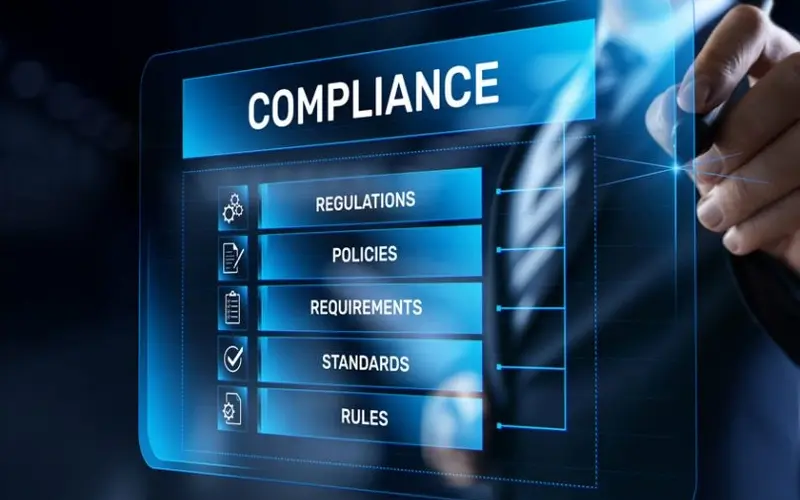
Regulatory compliance is one of the most significant hurdles for mainstream blockchain adoption, particularly in the areas of anti-money laundering (AML) and know your customer (KYC). While the technology’s decentralized and pseudonymous nature has made it attractive to bad actors, regulators worldwide are pushing for greater transparency and accountability, putting pressure on blockchain projects to integrate compliance measures.
The Regulatory Landscape
The push for regulation is driven by global bodies and national agencies.
- Financial Action Task Force (FATF): The FATF is an intergovernmental organization that sets international standards to combat money laundering and terrorist financing. The FATF has issued guidance that requires its member countries to regulate and supervise Virtual Asset Service Providers (VASPs), which include centralized exchanges, wallet providers, and certain DeFi protocols. A key FATF recommendation is the “Travel Rule,” which mandates that VASPs collect and share originator and beneficiary information for transactions above a certain threshold.
- FinCEN (U.S. Financial Crimes Enforcement Network): In the United States, FinCEN classifies most cryptocurrency exchanges as Money Service Businesses (MSBs), which subjects them to strict AML and KYC requirements. This includes establishing a robust AML program, appointing a compliance officer, and filing suspicious activity reports (SARs) with the government.
- SEC (U.S. Securities and Exchange Commission): While the SEC’s primary focus is on securities, it has also brought enforcement actions against blockchain projects that it believes have conducted unregistered securities offerings, creating a complex and often unpredictable legal environment.
The Challenges of Compliance
The unique nature of blockchain creates specific challenges for implementing traditional KYC/AML regulations:
- Pseudonymity: A blockchain wallet address is a string of characters that is not tied to a real-world identity. This makes it difficult to implement traditional identity verification.
- Decentralization: In a decentralized protocol, there is often no central entity or “responsible person” to enforce regulations. The CFTC’s enforcement action against the Ooki DAO demonstrated that regulators are willing to pursue legal action against a DAO itself, but the practicalities of enforcement remain difficult.
- Borderless Nature: A blockchain network is global and stateless. This makes it a challenge to apply a single jurisdiction’s laws and regulations.
How Blockchain Projects are Complying
Blockchain projects, particularly centralized services and regulated entities, are adopting a multi-pronged approach to meet regulatory requirements.
- Traditional KYC/AML Tools: Centralized exchanges and other VASPs use traditional KYC tools to verify user identities. This typically involves collecting a user’s name, address, and government-issued ID, and then cross-referencing this information against sanctions lists and other databases.
- On-Chain Analytics: This is a crucial tool for AML compliance in the blockchain space. Companies like Chainalysis, Elliptic, and TRM Labs use sophisticated software to analyze public blockchain data. These tools can:
- Trace the source and destination of funds: They follow the money trail to identify where funds are coming from and where they are going, even through complex transactions.
- Identify high-risk addresses: They tag addresses associated with illicit activities (e.g., sanctioned entities, ransomware groups, darknet markets).
- Detect suspicious patterns: They use machine learning to identify patterns of behavior that are indicative of money laundering, such as “smurfing” (breaking large transactions into small ones) or using mixers to obfuscate funds.
- Decentralized Identity (DID): Projects are exploring innovative ways to balance user privacy with compliance. DID protocols allow a user to create a self-sovereign, cryptographically-secured digital identity. The user can then provide a verifiable credential to a service provider without having to reveal all of their sensitive personal information. This could allow for compliance with KYC regulations without a central authority having to store a user’s data.
- Smart Contract Audits and Reporting: Some projects are beginning to embed compliance rules directly into their smart contracts. For example, a contract could be programmed to automatically freeze funds from an address on a sanctions list or to automatically report a large, suspicious transaction to a third-party service.



